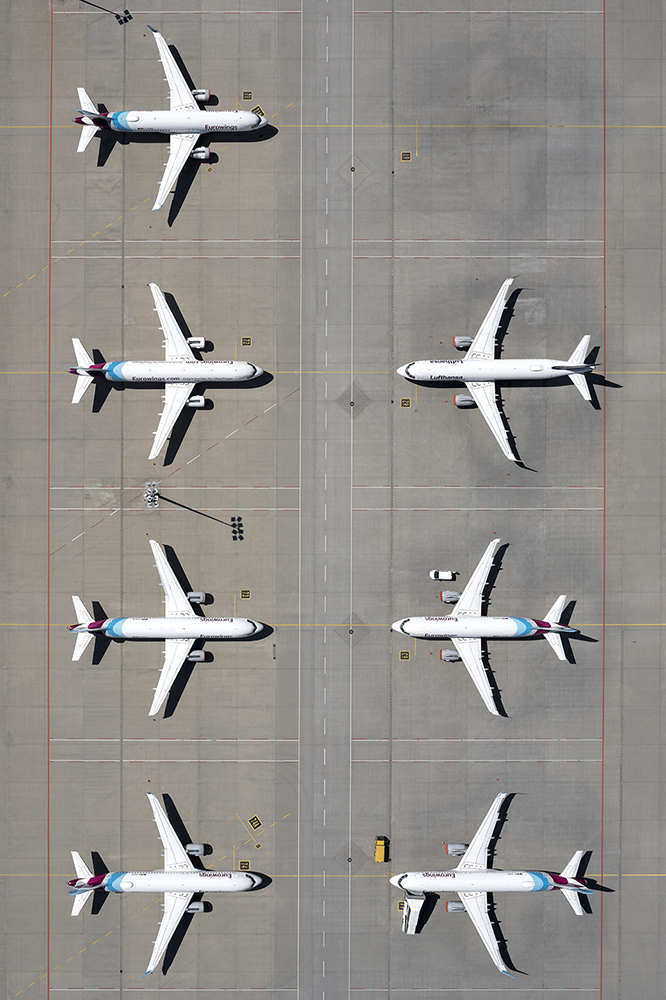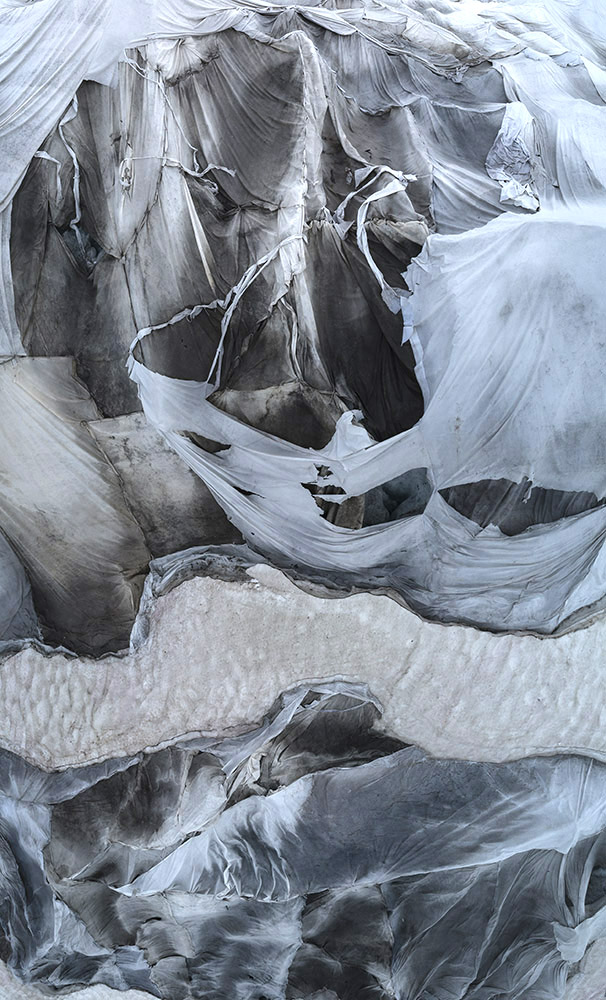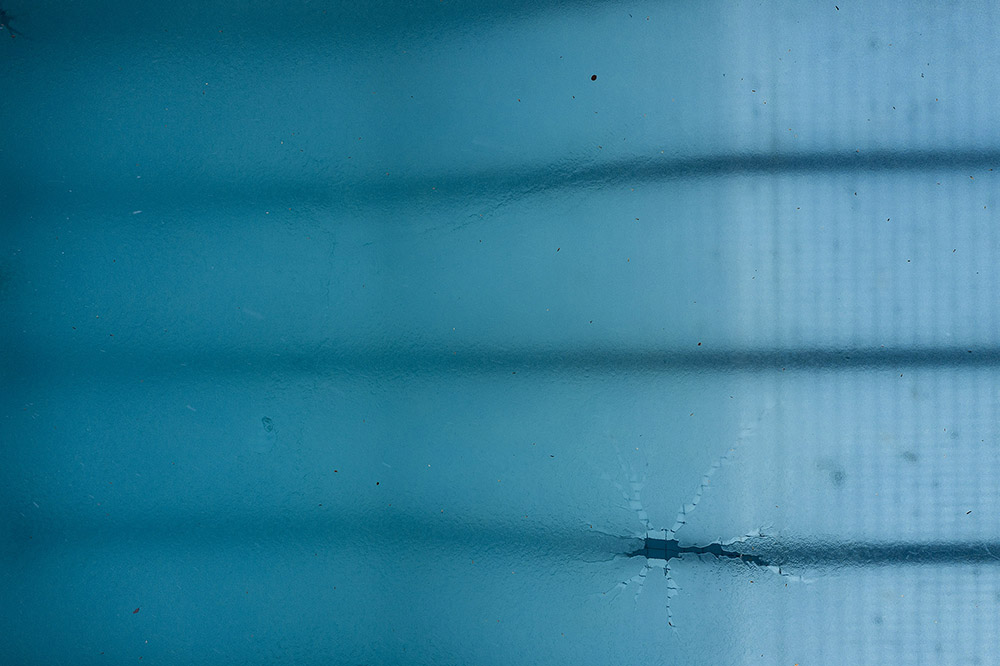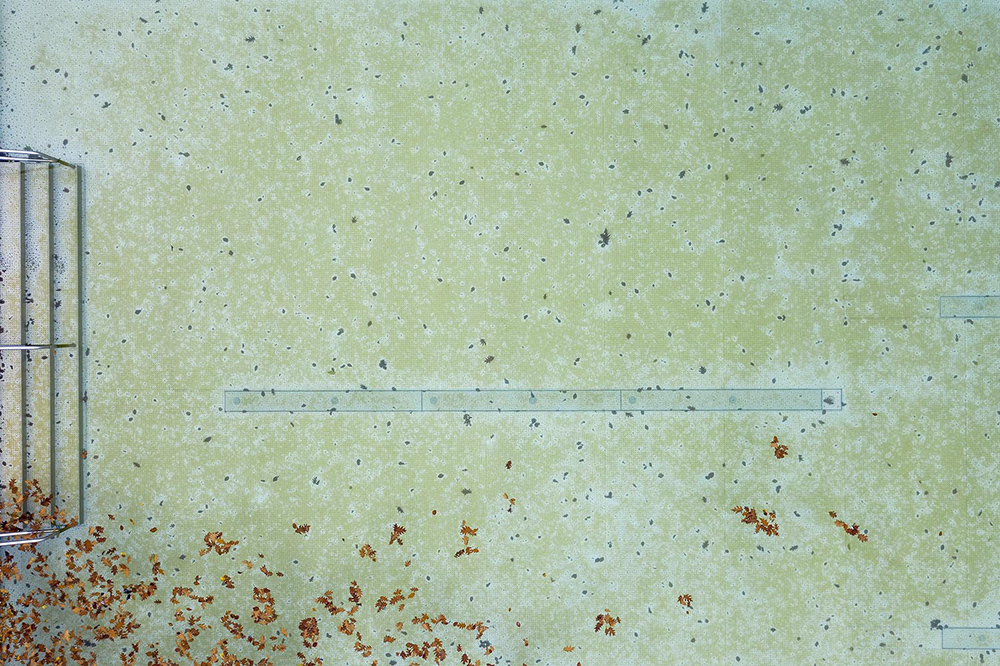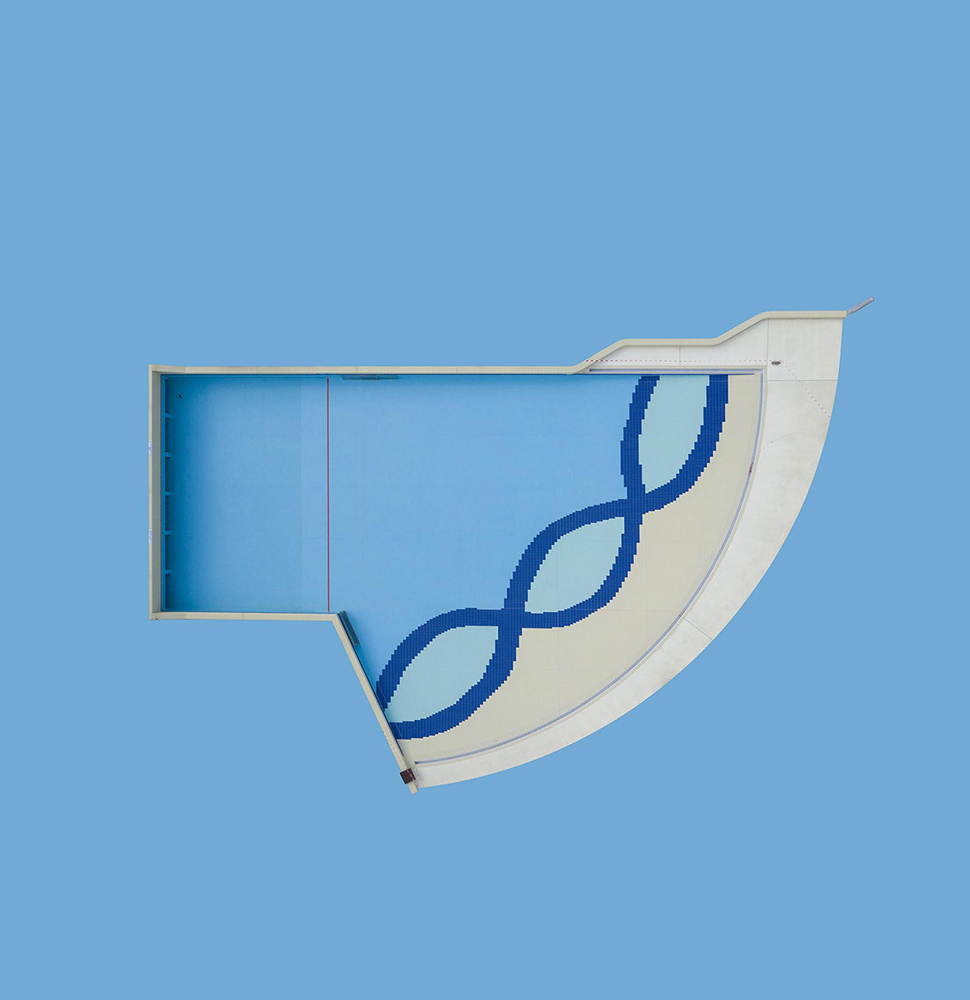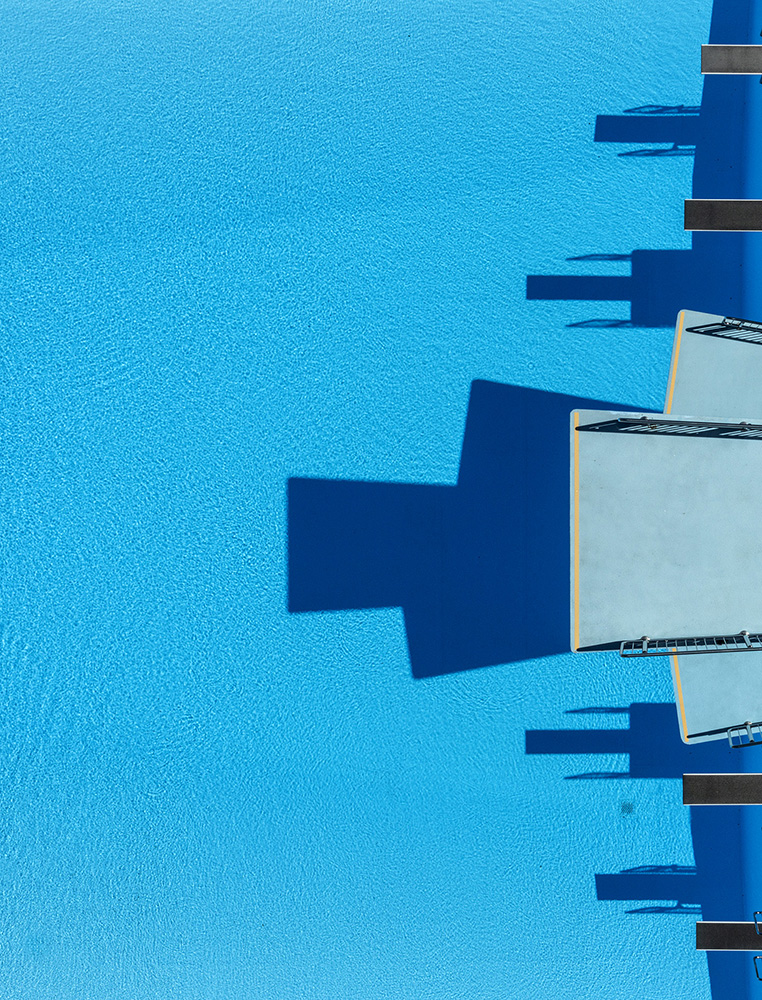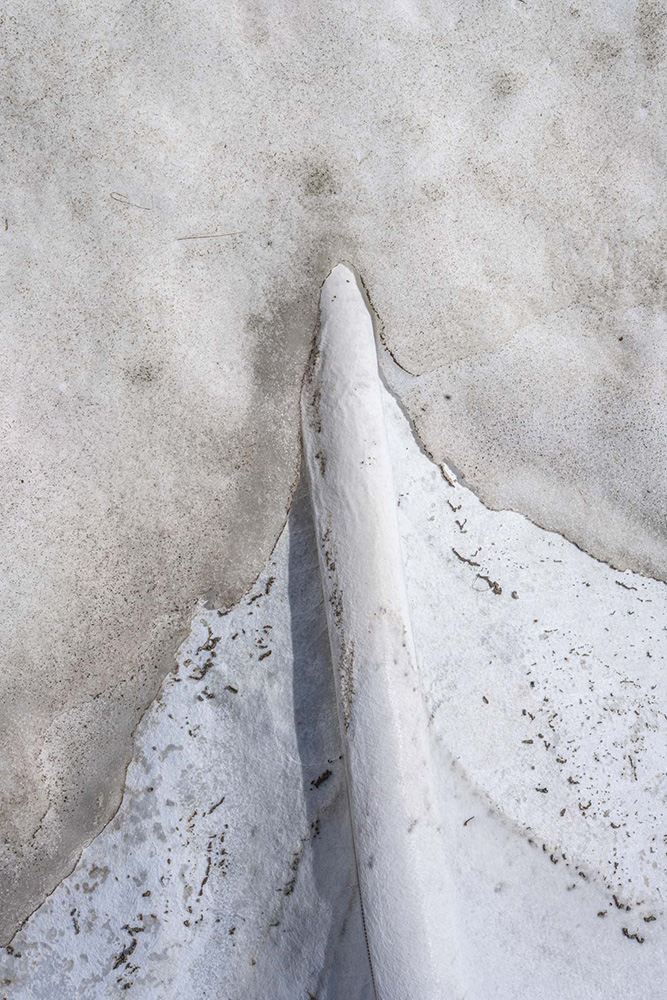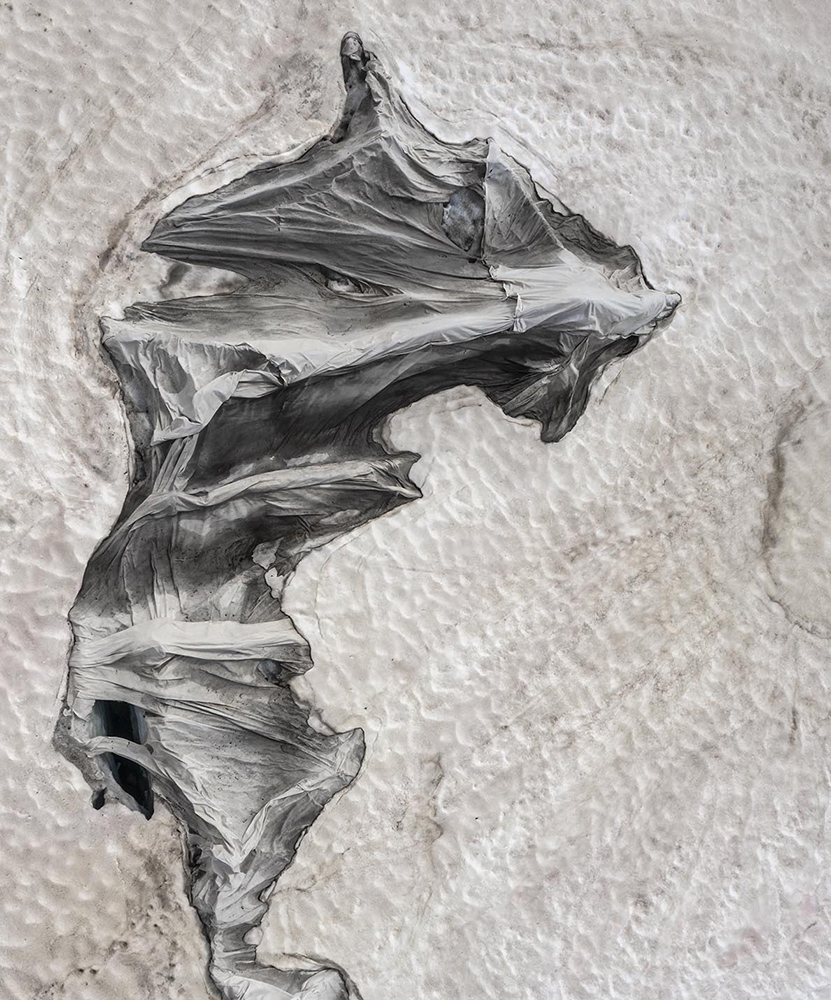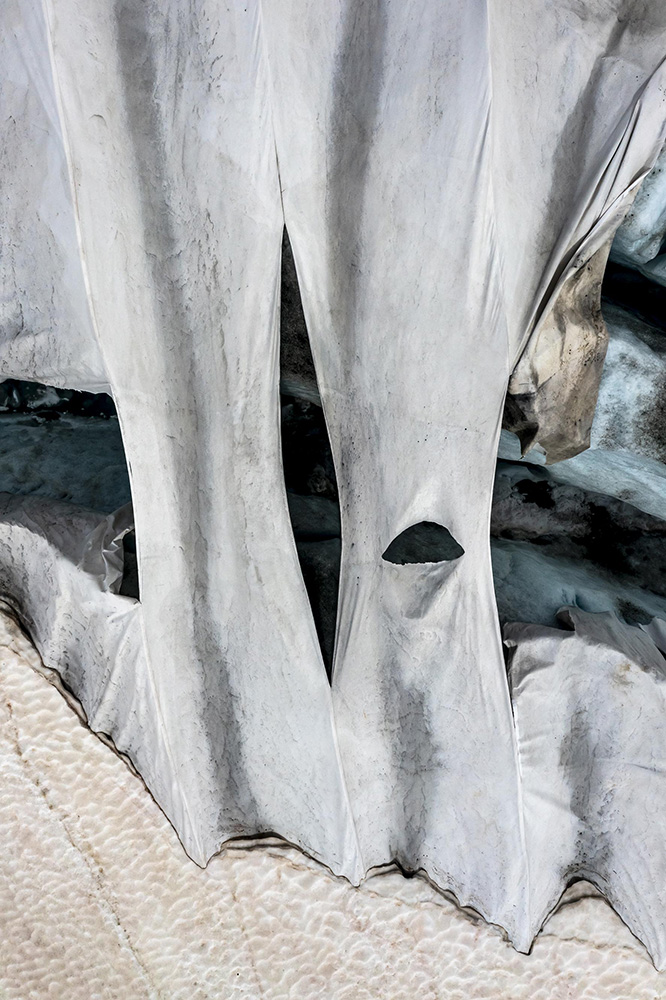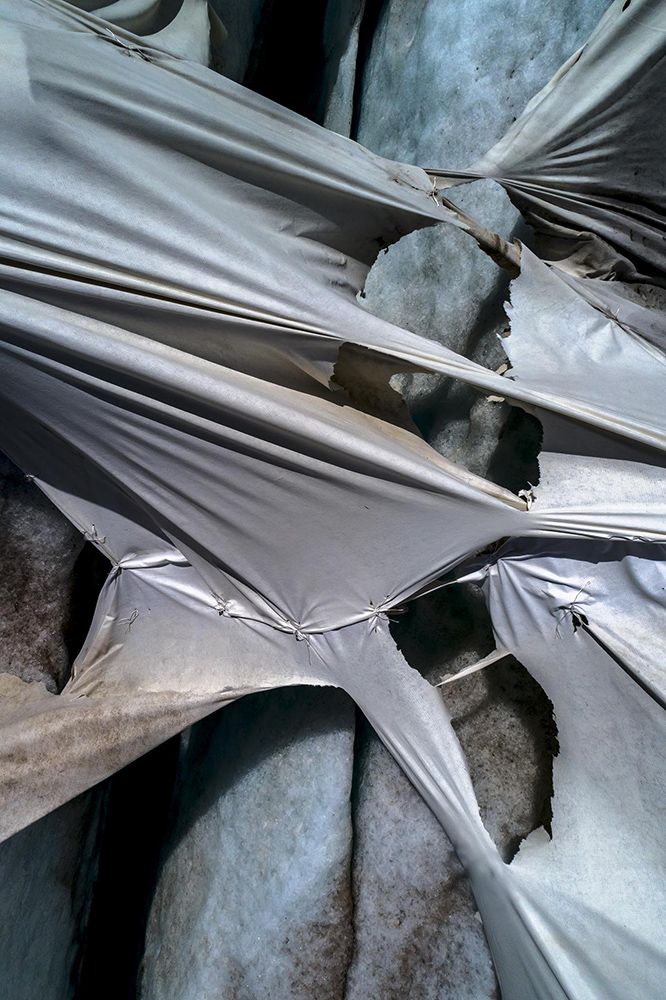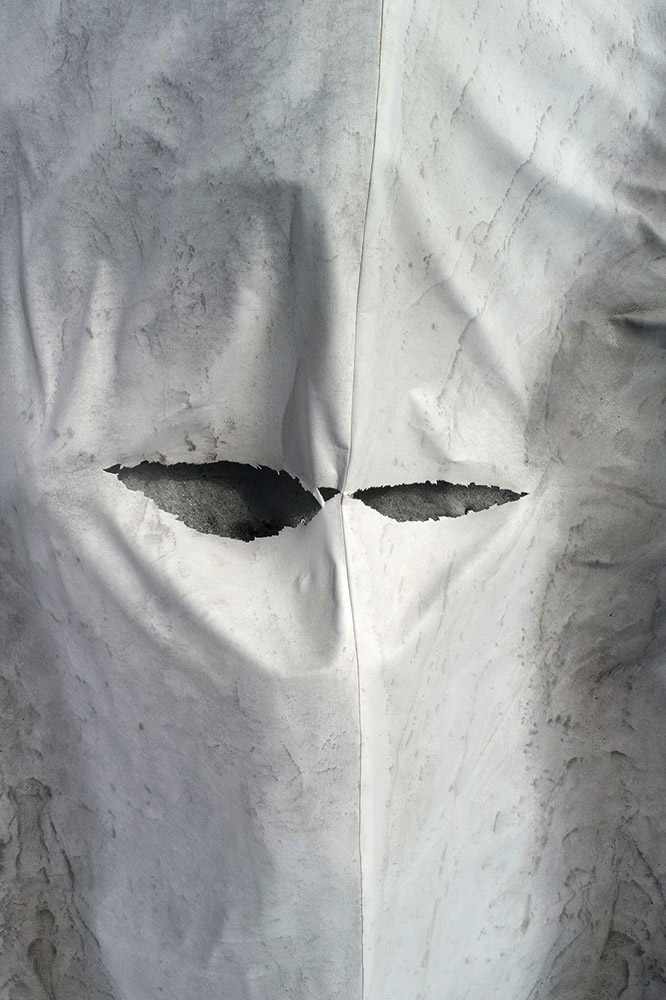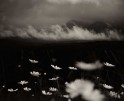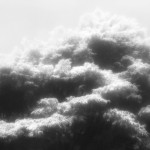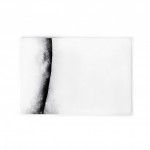Germany Week: STEPHAN ZIRWES
This week Lenscratch will turn its sights upon the artistic output of German photographers who present a broad array of the personal, social, historical, and political influences of life in contemporary Germany. Germany’s contributions to the photographic realm are extensive from the earliest days of the genre. From August Sander’s People of the 20th Century, a portrait study of all strata of German society, to the Düsseldorf School under the influence of Bernd and Hilla Becher in the 1970’s with its disciples Andreas Gursky, Candida Höfer, Thomas Ruff and Thomas Struth as well as the peripatetic Barbara Klemm, self-taught Michael Schmidt and the creative visionary, Wolfgang Tillmans , German photography sets definitive standards. A nod should also be made to the less well-known photographers of the former East Germany including but not limited to Arno Fischer, Sibylle Bergemann, and John Heartfield who carved a creative path in the face of significant obstacles,
Entering the photographic realm of Stephan Zirwes is an adventure in looking at the world from an entirely unique perspective. Your perception of swimming pools, airplanes, glaciers, oceans and many other subjects will be altered by his unusual point of view…directly overhead from various heights. The interesting aspect of this bird’s eye view of the earth and its bounty is that it was originally captured in the days before drones by means of Zirwes hanging from a helicopter harness equipped with cameras to bring new perspectives to his audience. He later embellished the effort with the technological advances of drones, but he still prefers teaming up with a pilot to create new and unusual work.
For those familiar with the typologies of Bernd and Hilla Becher, the work of Zirwes will touch a vaguely familiar chord as an influence but in distinctly vibrant colors and with an eye toward abstraction that reflects his unique touch. His swimming pool series is a feast of abstraction and color, and his airport subjects ease the fear of flying. His images of glaciers and other subjects in the natural world distort one’s perceptions of space while his video studies of mountain passes distort perceptions of time. Both techniques twist and warp your sense of reality in a refreshing way.
According to Zirwes, the pictures have many layers: it is about aesthetics with a documentary approach, and a sense of ethics. His compositions are harmonious in color and graphics. The images are full of little stories and political elements that are made visible only through the distance from above.
Stephan Zirwes is a professional photographer specializing in aerial photography with an artistic approach to the themes of the environment and our surroundings. He has worked with still and moving pictures since the early 1990s creating video installations, art-videos and visual-arts. His focus on art photography evolved after working for many years for industry, movie productions and his own art projects. His work has been exhibited in galleries throughout the world and he has won the Hasselblad Master award for Architecture as well as the Sony World Photographer Awards on two occasions.
Follow Stephan Zirwes on Instagram: @stephanzirwes
Michael Honegger: Your various projects encompass airplanes, boats, tractors, swimming pools, glaciers, mountain passes and numerous other subjects from a viewpoint directly above the subject. What does this point of view accomplish for you as an artist?
Stephan Zirwes: I started taking pictures like this in 2004. At that time, I was still taking pictures from chartered helicopters. The chopper door was opened, and I leaned out of the helicopter on a harness and photographed vertically downwards. In 2004, this perspective was almost non-existent in photography. These views of things, landscapes, and the world were something new. It wasn’t until a good 10 years later, with drone photography, that this perspective became more and more popular.
MH: Given the unique nature of your body of work, what are the influences, if any, that you identify that may define you in the context of German photographic tradition?
SZ: My images are influenced by the serial work of the Bechers (Bernhard “Bernd” Becher, and Hilla Becher were German conceptual artists and photographers working as a collaborative duo. They are best known for their extensive series of photographic images, or typologies, of industrial buildings and structures, often organized in grids) and Andreas Gursky with his monumental large-scale paintings in which there is much to discover. I also relate to similar projects at the same time as Thomas Ruff.
MH: While most viewers will assume you captured these images with drones, can you describe the actual process you employ in making them. How do you obtain permission to photograph over an airport?
SZ: It depends on the things I want to photograph, the height I want to shoot at, and the size of the areas below me. With the drone you can work well from a low altitude, but when it comes to remote areas on glaciers in Alaska, I prefer to work with helicopters and drones. It’s a whole different thing when you have a view of things, and you can work with a pilot. The pictures above the airports were all taken from a helicopter.
MH: Your photographs of the glaciers of Europe have a specific environmental message given that they are gradually disappearing. While they are stunning in their abstraction, they represent a departure from your more graphic depictions of pools and airports. Is this intentional and what is the specific environmental message you wish to convey?
SZ: In much of my work there are small messages, even if they come across as beautiful or even decorative for the time being…often it’s about aspects of how people deal with themselves and their environment. The pool series is a good example. In Germany open-air swimming pools are socio-cultural places where young and old, rich and poor can meet in the summer, get together, exchange ideas, and have fun (for a current daily admission of €4.50). However, in many parts of the world this fun is reserved only for the rich population. In 2010, I was with my family in Boston/USA in an outdoor pool and had to pay a $125.00 entrance fee. In Tenerife, Spain, there are fun pools where a day ticket for a child costs 149€. In South Africa, there is a water shortage and almost everyone who owns a house has a private pool where no one enjoys the pool but the owner. The messages or stories are for everyone to discover for themselves.
It is often also about the absurdity with which people try to change or turn things around. it is about cosmetics. The covered glaciers are visually like stranded whales covered with wet cloths… or wounded patients wrapped in bandages hoping for healing. But in the end I also try to find and show the beauty of life in all things. Messages and stories are secondary for the time being.
MH: How do you decide upon a particular project? Is it determined by random sightings of something that catches your eye or are you more systematic in choosing your subjects?
SZ: I travel so much in the world that i always come across new themes that I devote myself to. but over the years, connections arise between the projects and a diverse artistic work emerges from this.
MH: There is a highly graphic quality to many of your images and a strong use of color. To what extent are these qualities enhanced by you in post-production, if at all?
SZ: I hardly edit my pictures at all. Now and then I. straighten the lines and adjust the tonal values. The only exception would be the pool pictures where I have graphically extended the pool edges so that the actual pools look like the picture and the edges resemble a passe-partout.
MH: What challenges lie ahead for you in your image making?
SZ: Currently there is a trend in artistic photography that is becoming more and more kitschy. Everyone who can work with photoshop invents new worlds that sell well at art fairs. But I want to stay with the small reality that I can capture with my camera.
I often work with drones that take a still, downward video recording over a period of up to 20 minutes, which I then set to music with original sounds. It is like god’s eye that seems to be looking at us without moving…moments in which not much happens (mountain pass roads) and which radiate a meditative calm (oceans).
Posts on Lenscratch may not be reproduced without the permission of the Lenscratch staff and the photographer.
Recommended
-
Earth Month: Photographers on Photographers, Dennis DeHart in conversation with Laura PlagemanApril 16th, 2024
-
Luther Price: New Utopia and Light Fracture Presented by VSW PressApril 7th, 2024
-
Artists of Türkiye: Eren SulamaciMarch 27th, 2024
-
European Week: Sayuri IchidaMarch 8th, 2024
-
European Week: Jaume LlorensMarch 7th, 2024

